POSTS
The Classfication of Chinese Tea
There are six main classes of Chinese tea. They are green tea, yellow tea, white tea, oolong tea, black tea and dark tea.
Green Tea
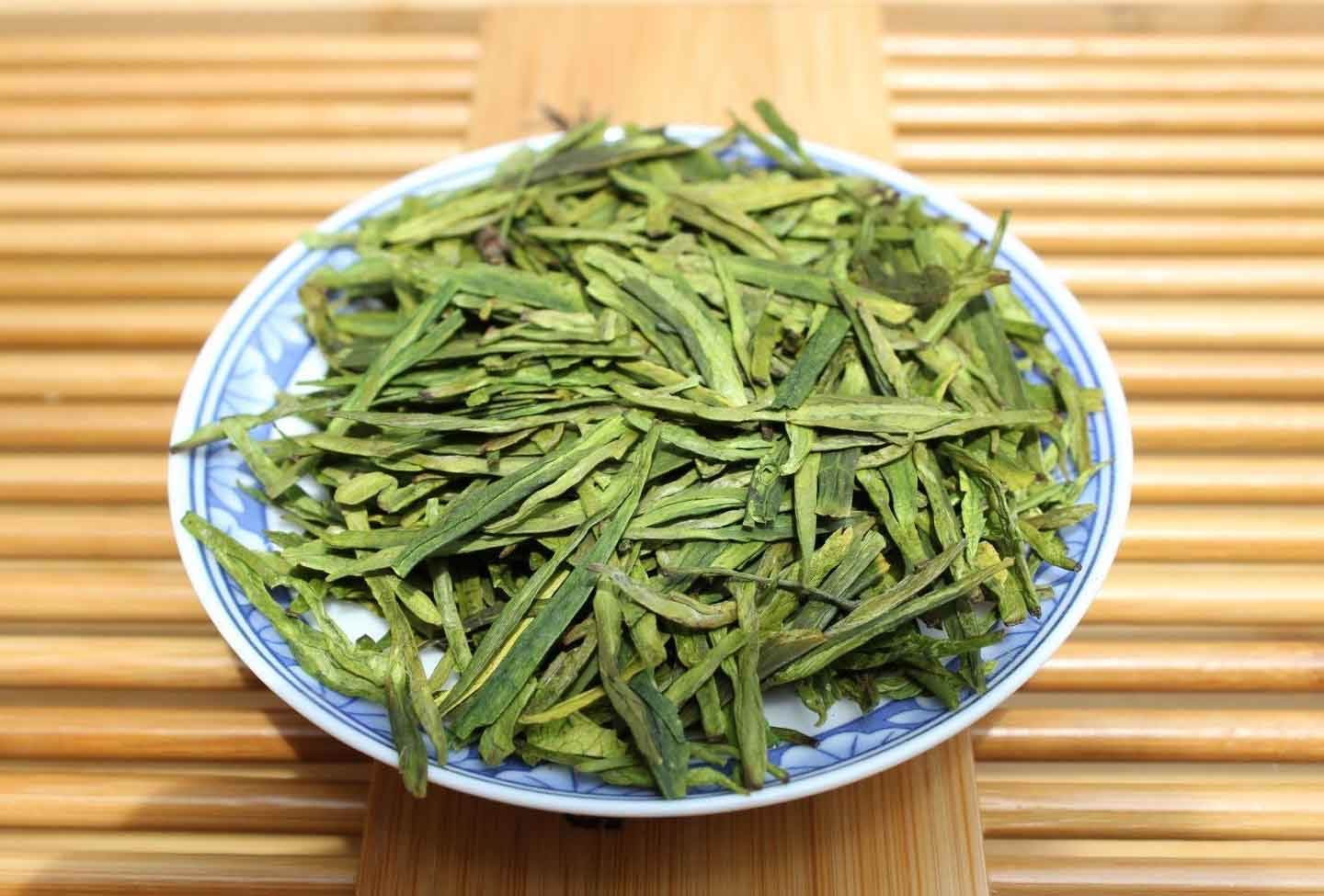
Green tea (绿茶) is the oldest and most popular class of tea in China. Green tea is made from the new shoots of the tea plant, and the tea leaves are dried and processed according to the type of tea desired.
The most famous green tea in China are: Longjing (Dragon well, 龙井), Biluochun (green snail spring, 碧螺春), Huangshan Maofeng (黄山毛峰), Lu’an Melon Seed (六安瓜片), Taiping houkui (太平猴魁), Zhuyeqing (Green bamboo leaf, 竹叶青), Mengding Ganlu (蒙顶甘露).
Yellow Tea
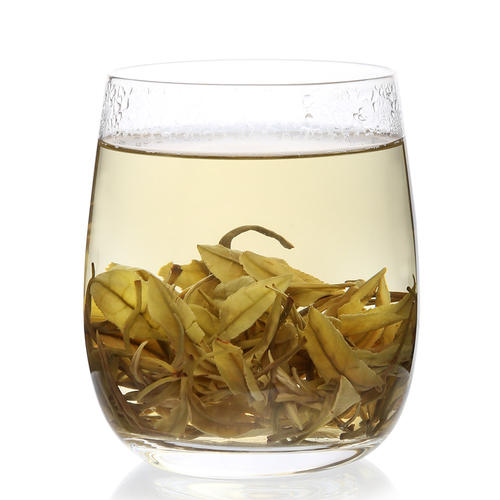
Yellow tea (黄茶) is produced by allowing damp tea leaves to dry naturally. It has a distinctive aroma, similar to black tea, but its flavor is closer to green and white teas.
Junshan Yinzhen (君山银针) and Huoshan Huangya (霍山黄芽) are two types of famous yellow tea.
White Tea
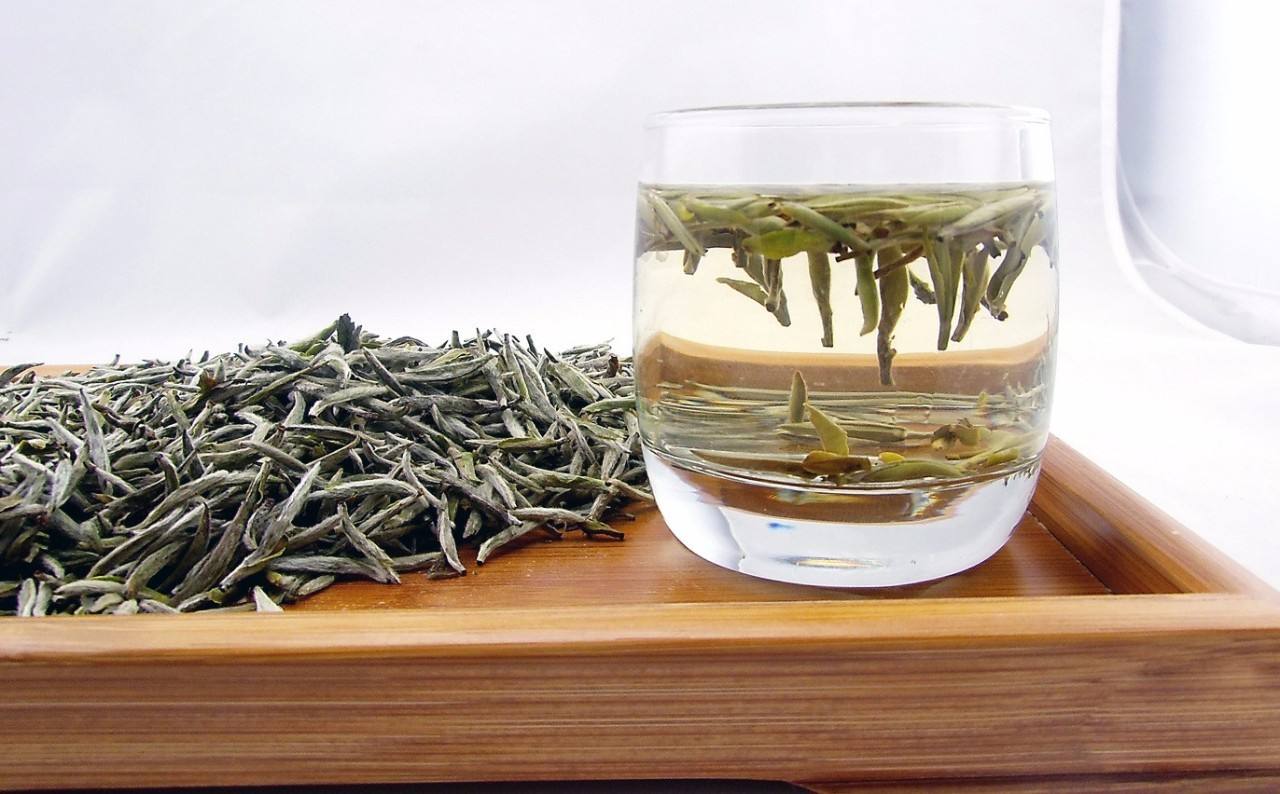
White tea (白茶) is unfermented, uncured green tea that has been quickly dried. It is lighter in color than other types of tea with a subtle, delicate flavor.
White tea, like black and green tea, is made from the Camellia sinensis plant and contains polyphenols, a set of phytonutrients that are thought to be responsible for the health effects of tea.
The base process for manufacturing white tea is as follows:
Fresh tea leaf → withering → drying (air drying, solar drying or mechanical drying) → white tea
Some famous white teas are Bai Mudan (白牡丹), Shou Mei tea (寿眉茶), Silver Needle (银针).
Oolong Tea
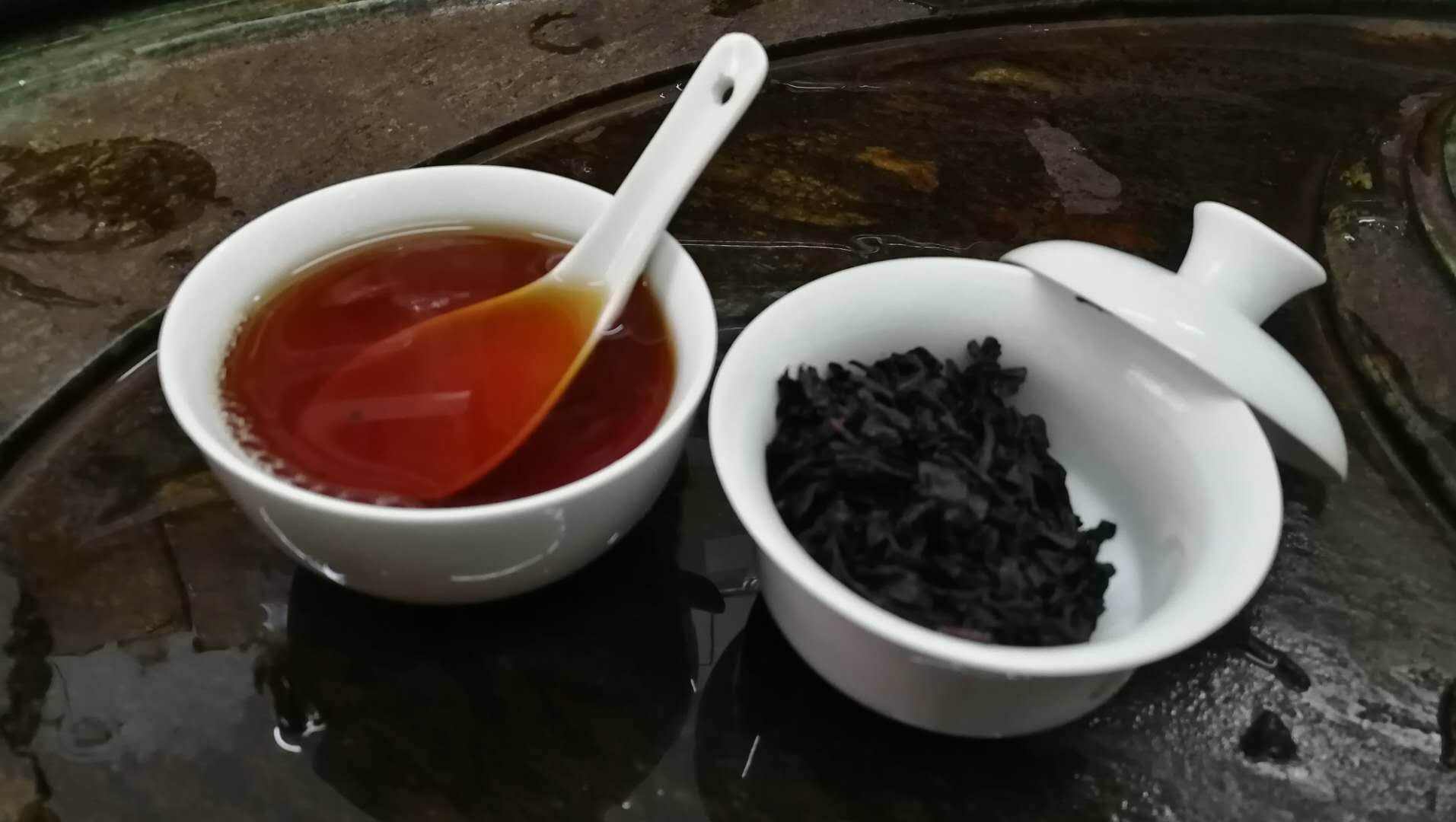
Oolong Tea (Wulong Tea, 乌龙茶) is a traditional semi-oxidized Chinese tea produced through a process including withering the plant under strong sun and oxidation before curling and twisting. Most oolong teas, especially those of fine quality, involve unique tea plant cultivars that are exclusively used for particular varieties. The degree of oxidation, which varies according to the chosen duration of time before firing, can range from 8–85%, depending on the variety and production style. Oolong is especially popular in south China and among Chinese expatriates in Southeast Asia, as is the Fujian preparation process known as the Gongfu tea ceremony.
It is also known as qingcha (青茶) or ‘dark green teas’.
The most famous and expensive oolong teas are made in Fujian province, especially in Wuyi Montains. The famous teas include Da Hong Pao (Big Red Robe, 大红袍), Tie Guanyin (Iron Goddess of Mercy, 铁观音), Rougui (肉桂), Shui Xian (水仙), Huangjin Gui (Golden Cassia, 黄金桂).
Black Tea
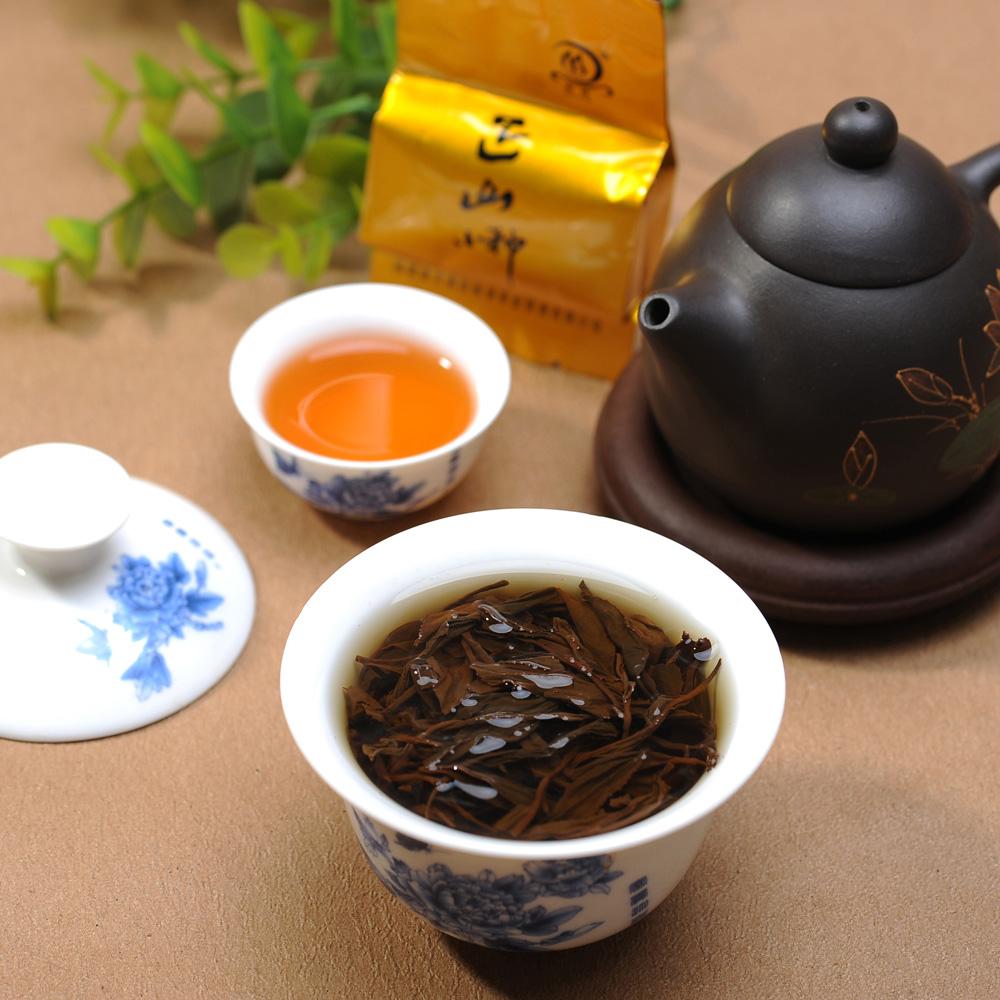
Black tea (红茶, literally ‘red tea’) is a type of tea that is more oxidized than oolong, green, and white teas. It is made from the new shoots of tea leaves, which are wilted, rolled, fermented, and dried. The resulting infusion yields a lovely red color and a subtle aromatic fragrance.
Black tea is generally stronger in flavour than the less oxidized teas.
The most famous black teas in China are Keemun black tea (祁门红茶,祁红), Yunnan black tea (云南红茶,滇红), Kungfu black tea (功夫红茶) and Zhengshan Xiaozhong (正山小种).
Dark Tea
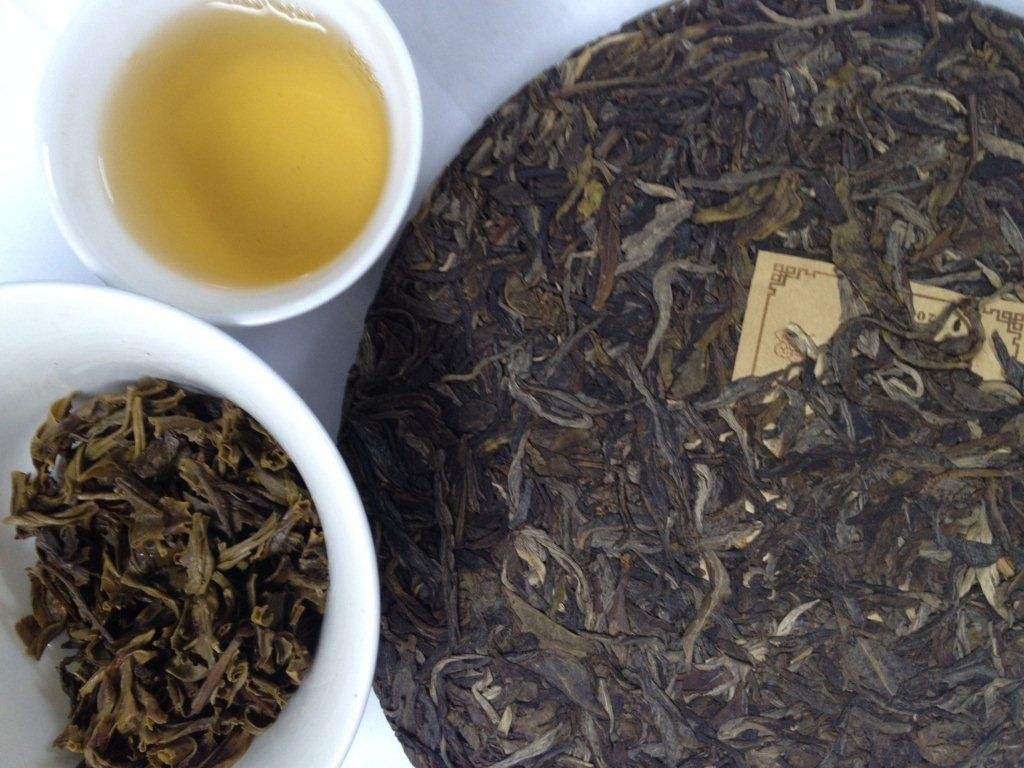
Dark tea (黑茶) is a class of tea that has undergone microbial fermentation, from several months to many years. The exposure of the tea leaves to humidity and oxygen during the process also causes endo-oxidation (derived from the tea-leaf enzymes themselves) and exo-oxidation (which is microbially catalysed). The tea leaves and the liquor made from them become darker with oxidation. Thus, the various kinds of fermented teas produced across China are also referred to as dark tea, not be confused with black tea.
Dark tea is produced in many areas of China, mostly in the warmer southern provinces. It is commonly pressed into bricks or cakes for ageing.
The most famous and important producing areas and varieties include:
- Yunnan: Pu-erh cha (云南普洱茶, either “raw” Sheng Pu erh 生普洱 or “ripened” Shu Pu erh 熟普洱)
- Hunan: Fu Zhuan cha (湖南茯砖茶 (黑茶), the famous Fu Zhuan “brick tea”)
- Guangxi: Liu Bao cha (广西六堡茶, often sold as 松黑茶, loose dark tea)
- Anhui: Liu An cha (安徽六安篮茶, Lu An basket tea )
- Sichuan: Lu Bian cha (四川路边茶, Sichuan border tea)
- Hubei: Qing Zhuan cha (湖北青砖茶, Hubei green brick tea)